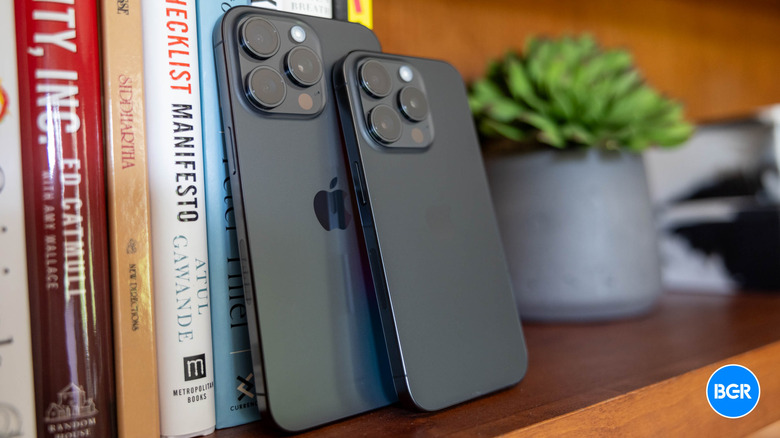iPhone 16 Will Probably Sell Out Fast, So You Better Decide Soon
Apple Intelligence probably isn't going to lead to a massive iPhone 16 upgrade super cycle. Still, plenty of people will want to buy one of the four iPhone 16 models at launch. iPhone 16 preorders should open on Friday. Shipments and in-store sales will then start a week after that.
If you're looking forward to the iPhone 16 series, you might want to decide what model to get as soon as possible after the launch event wraps up. The new iPhone routinely sells out early during preorders, and that will likely be the case with the iPhone 16 series.
A report from an insider familiar with Apple's iPhone manufacturing plans gives us an idea of what Apple has in mind for the iPhone 16 launch and the rest of the year.
According to trusted analyst Ming-Chi Kuo's post on Medium, Apple will manufacture some 88-89 million iPhone 16 units this year. That would be a slight decrease from last year's 91 million iPhone 15 orders in the same time period. But it's up from a previous estimate of 87-88 million iPhone 16 units.
Higher demand for the base iPhone 16 model might be responsible for the slight bump. Kuo also has information on the split. If his data is accurate, the iPhone 16 Pro models still account for the bulk of orders:
- iPhone 16: 26%
- iPhone 16 Plus: 6%
- iPhone 16 Pro: 30%
- iPhone 16 Pro Max: 38%
Kuo said that Apple manufactured 9 million iPhone 16 units in August and plans to make 16 million in September. Of the combined 25 million iPhone 16 units, Apple will reportedly have 15-17 million iPhone 16 units ready for the preorder period.
This is actually the figure that interests us from Kuo's report. It might be unofficial, but it gives us an idea of what to expect from the iPhone 16 preorder weekend coming up this Friday. Apple would have up to 17 combined iPhone 16 units ready to be shipped or sold worldwide on the phone's release date. That's next Friday, September 20th.
Some of those will have to be available in Apple retail stores and carrier stores since not all initial stock will be available for online preorders.
Assuming the split above applies to preorders, you'll have a higher chance of scoring an iPhone 16 Pro Max than any other model. But it's likely that popular colors and base storage options will run out first if you're not fast enough. Also, the iPhone 16 Pro and 16 Pro Max will be the first to sell out, as always.
Years ago, Apple stopped revealing iPhone sales figures for the preorder weekend. But demand has always been high, with millions of buyers looking to purchase the newest models as fast as possible.
With all that in mind, don't be surprised on Friday if your iPhone 16 shipping date slips into late September or early October. But Apple will eventually catch up with demand.
Kuo says iPhone 16 demand will increase by 10% during the September quarter, but only because Apple struggled to make enough iPhone 15 Pro Max units last year. The tetraprism design was a challenge for production lines at the time.
The analyst also said that iPhone 16 sales are expected to reach 63 million in the fourth quarter of the year. That's a 5-7% decline compared to the iPhone 15 last year. iPhone 16 sales will then likely continue to decline in the March 2025 quarter. Kuo sees a 53-55% drop in sales compared to the December 2024 quarter due to seasonality and cannibalization from the iPhone SE 4, which is due in early 2025.
The good news is that Apple will keep last year's price structures for at least three of the four iPhone 16 versions. The iPhone 16 Pro might see a price hike to $1,099, but you'd get 256GB of storage if that were the case. Other last-minute rumors say the $999 iPhone 16 Pro price is staying in place.
